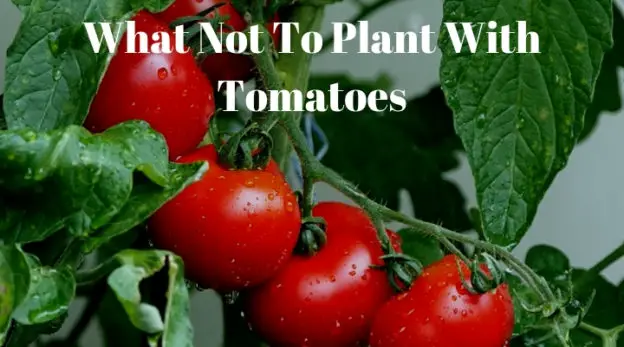Companion planting is all about what plants to grow together to enhance the health and yield of your crops. There are many plants that help tomatoes when grown together but this post is not what to plant, but what not to plant with tomatoes. Many secrets have been learned and lost throughout the years, it’s my aim to gather as many as possible and to help growers improve their crops organically.
What Not To plant With Tomatoes.
The first one is pretty obvious if you think about it, but I’ll include it as I want to be as concise as possible.
Potatoes
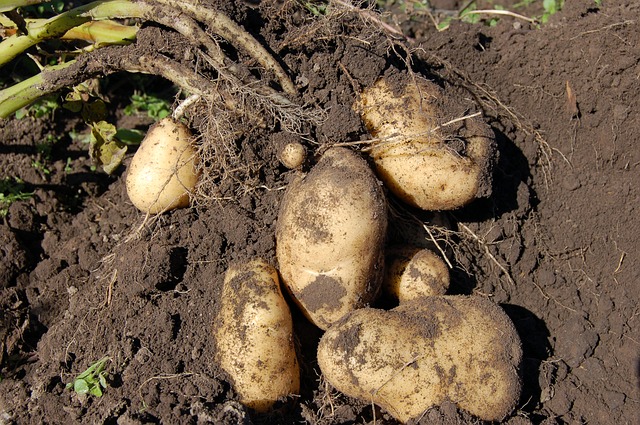
Potatoes and tomatoes are both members of the same family and share many diseases and problems, the biggest one by far is… Blight. According to the potato council blight is a fungus like disease which spreads during periods of warm, humid weather with rain.
To help prevent the spread of blight in your tomatoes, grow them as far away from potatoes as possible. As blight is a water bourn disease, always pay particular care when watering both potatoes and tomatoes. Water the base of the plants, avoiding water contact with the leaves or stems of the plants.
Sweetcorn

Sweetcorn and tomatoes both attract the tomato moth whose caterpillar can cause untold damage to both plants. By keeping these 2 plants away from each other you will lessen the chances of attracting this unwanted pest. Sweetcorn plants also grow to about 10 feet(3 metres) so will give too much shade for tomato plants to mature properly.
The rest of the plants not to grow with tomatoes all have allelopathic tendencies, this means they all produce a compound that inhibits the growth of others whilst promoting their own. Some are indiscriminate, but the first is peculiar to the tomato.
Brassicas
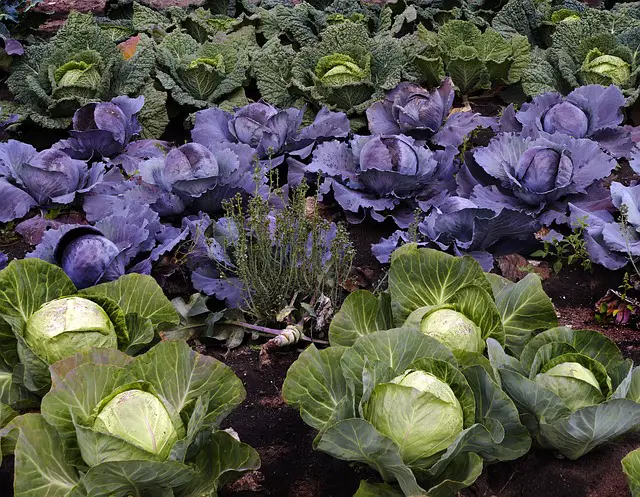
This is all brassicas including:-
- Cabbage
- Cauliflower
- Kale
- Brussel sprouts
- Broccoli
- calabrese
- Turnips
- Kohl rabi
All members of the brassica family will inhibit the growth of tomatoes, they just don’t get on,
Black Walnut
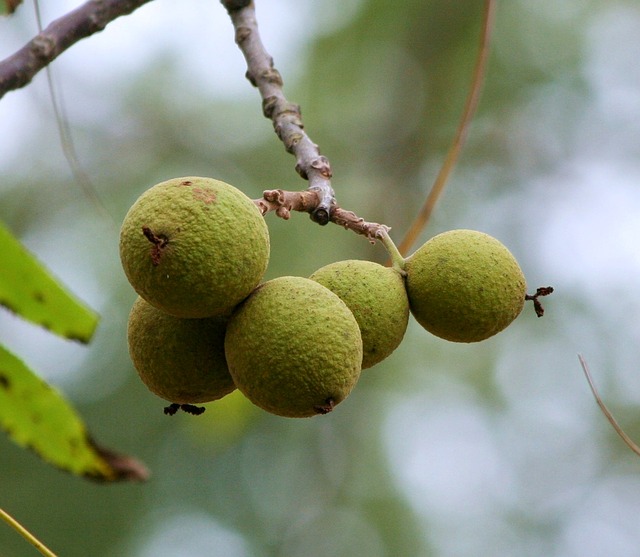
There are many allelopathic plants but black walnuts are in a class of their own, and their notoriety has been known for at least 2000 years. Pliny the Elder wrote in the first century,
“The shadow of walnut trees is poison to all plants within its compass.” Nothing will grow in proximity to black walnut trees.
The reason for this is a harmless chemical called hydrojuglone that when mixed with air or soil becomes juglone that actually stops plants from taking in oxygen. Even after removal of black walnut trees, the soil will not support plant life for some time. This is due to the juglone staying in the soil as it is not very soluble in water so it remains in the soil.
Fennel
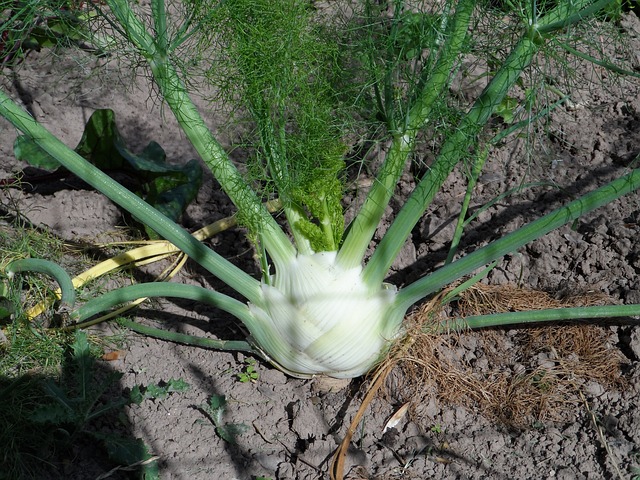
This relatively fast growing annual will self seed and quickly take over a patch, great if you want lots of fennel. Not so good if you were expecting to grow other vegetables along side it. It is also a allelopathic plant and will actively stop the growth of many plants including tomatoes.
Parsley
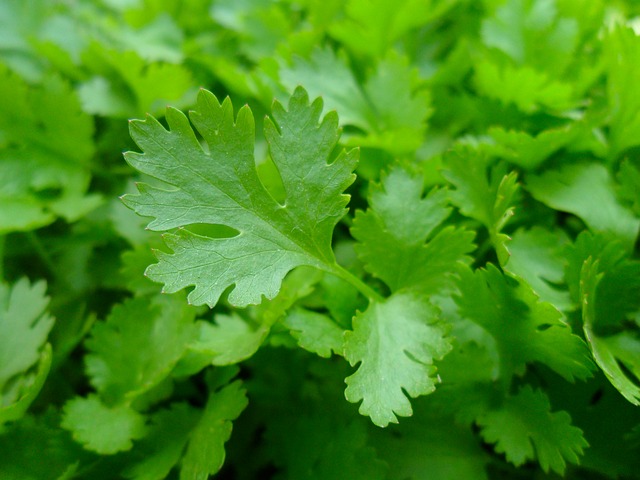
This is an odd one, there are some varieties of tomato that do extremely well with parsley and others that struggle. Sadly there is no concrete evidence that I can find so it’s a bit of trtial and error. The benefits of growing parsley as a companion plant are well documented and my post companion planting parsley gives more information.
For information on how to improve your tomato plant’s health and yield click herehttps://growing-guides.co.uk/companion-planting-tomatoes/.
Download The Free Tomato Companion Plants PDF!
If you want to make sure you always get the most out of your tomato plants, make sure you download the free PDF below that outlines exactly which plants grow well with tomatoes, and which plants not to grow with tomatoes.

